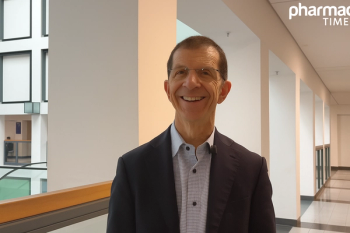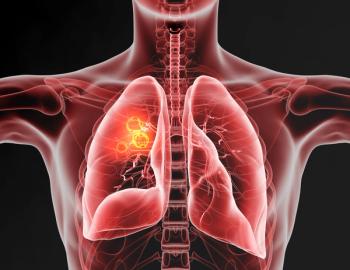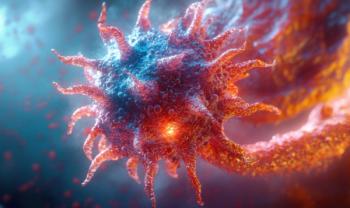
The Role of Pharmacists in Evaluating the CINV Therapy
Experts in the management of chemotherapy-induced nausea and vomiting elaborate on patient factors that impact the treatment options for chemotherapy-induced nausea and vomiting.
RELATED VIDEOS
- Patient Factors to Consider for the Therapy of CINV
- Providing Early and Appropriate Management of CINV
Katherine Lin, PharmD, BCOP: What do you feel is the role of pharmacists in evaluating the need for therapy for CINV [chemotherapy-induced nausea and vomiting]? And how are patients involved in the management, or how should a pharmacist be involved in the management?
Bhavesh Shah, RPh, BCOP: Pharmacists have a very key role. We had been involved in making this decision. Providers always say that their patients are actually doing great, so when we did our survey—and historically, we've seen this years and years before, that when you do a survey for providers, they will say that their patients are doing great. So we did the same thing to see our baseline, and we identified that about 50% of our providers said their patients, about 90% of them, actually had their nausea and vomiting controlled, and about 50% of them said that about 70% to 80% actually had their nausea and vomiting controlled.
When we did our assessment, we actually identified that about 60% of our patients had their nausea and vomiting controlled. So there's significant discordance in what the provider's perception is, what the patient's perception is, and what the actual practice is. We noticed that this was definitely because of variability in practice, and who better to actually be involved in that besides a pharmacist.
We decided to implement a protocol where pharmacists, the providers, would have an option to actually refer a patient for a chemotherapy-induced nausea and vomiting prophylaxis regimen. We would basically get a protocol request, and then the pharmacist would use a standard protocol that we've developed in collaboration with providers to do the prescribing. That also helps standardize what the antiemetics that are being prescribed.
Also, because pharmacists are involved, we're able to identify any financial barriers and drug interactions, adjust, and make sure there are appropriate medications, not only for day 1 but for day 2 and 3 and subsequent days. We identify that patients would get a prescription for a medication, but then are they actually taking it? Do they actually have access to it? Do they know how to take it? Because they're going through a CVS, they're going through a Walgreens. So it's hard to control a lot of what is happening in day 2.
We definitely saw that there was huge room for improvement in our practice, so we decided to take on the protocol, where we were basically doing the prescribing. We had the pharmacist manage the prescribing, and the education, and access, and adjustment of the medication. We actually saw an increase in response from 60% to 90% in our patient population. That article was going to be published in Journal of Hematology Oncology Pharmacy in January. It's really exciting. Even though we're in 2020, we still have a lot to do with chemotherapy-induced nausea and vomiting. Pharmacists can definitely continue to be part of that.
Katherine Lin, PharmD, BCOP: I really like how you touched on education. And I think it's more than just provider education. It's a lot of times patient education too. And pharmacists, as you said, we're in a unique position. We're the drug experts. We look at things like overutilization and underutilization for CINV. But really if the patient doesn't take it or the patient doesn't understand how to take it, all your efforts are for naught. So I see a big role in pharmacist and patient education. I like how your program is making sure that patients are getting access to the medications they need, that it's not maybe stuck up in prior authorization land, that it's actually in the hands of the patient. And I think really making sure that the patient really understands the goals of therapy. I understand that you may not be feeling nauseated now, but this is for prophylaxis that you're going to take this, so you are prevented from being nauseated and vomiting. And then if you do experience nausea or vomiting, this is a rescue medication. This is how you take this. Really emphasizing the patient care aspect and the pharmacist's role in that is where I see a lot of pharmacist involvement being needed.
Newsletter
Stay informed on drug updates, treatment guidelines, and pharmacy practice trends—subscribe to Pharmacy Times for weekly clinical insights.















































































































































































































